Kombucha is a sweet tea with fermented yeast and bacteria. It has a Japanese name, roots in ancient China and particular respect and cult in the US.
Most people think Kombucha is a delicious drink, but a lot of them also think it's absolutely disgusting. The lovers of the Kombucha movement praise the drink's positive effects on their bodies and love its taste, but if you've been paying attention to its appearance, this drink leaves a nasty first impression on people who haven't tried it.
For those of you who don't know what Kombucha is, it's a good idea to learn more about its origins, health benefits and the mysterious life cycle that surrounds the miraculous drink.
What is Kombucha?
Kombucha is made by adding yeast to a mixture of tea and sugar and allowing it to ferment for seven to fourteen days. Bacteria and yeast-like fungi grow and develop in the form of a pink jelly-like pancake, also called the mother, which uses the tea and sugar for food. Smaller organisms, called babies, are detached from the mother and often given or sold to other people who want to start growing and producing Kombucha. The resulting drink is naturally carbonated with hints of yeast and vinegar. Its taste is definitely not pleasant for everyone.
How Did Kombucha Culture Gain Popularity
Before 1960, Kombucha was relatively unheard of in the United States. It enjoyed popularity among health foodies in the second half of the 20th century, but was banned from the American market in 1995 when the Centers for Disease Control (CDC) published a report linking the consumption of Kombucha to the illness of a woman, who drank a homemade version and became ill with metabolic acidosis (acid build-up in the body).
But this living drink didn't stay unpopular for long. A widespread health food craze began in 2003, when many people sought the drink as an alternative to sugary drinks and a way to increase their probiotic intake.
Today, there are several companies that produce Kombucha worldwide. There are even Kombucha bars opening in places like Norfolk, Virginia, Portland, Oregon and San Francisco.
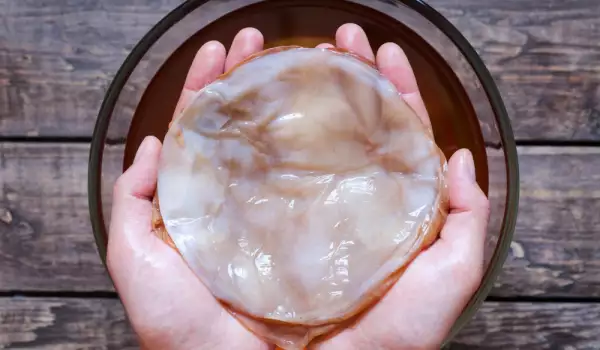
According to a market research firm's research and report in America, Kombucha sales from June 2013 to June 2014 were worth $127 million.
The Potential Health Benefits of Kombucha
Although there have been few official studies on the effects of the drink on our health, fans ardently claim that drinking Kombucha daily is great for liver function, improving colon health, as well as boosting the immune system.
• Liver function: An animal study published in the journal Microbiology and Biotechnology in 2009 showed that Kombucha's glucuronic acid binds to toxins that cause liver damage and flushes them out of the body;
• Gut health: Low in caffeine and sugar and high in vitamins and minerals, Kombucha also contains beneficial bacteria (like those found in yogurt) that are considered good for the health of the digestive system;
• Immunity: The growth of beneficial bacteria like those found in Kombucha can help keep your gut healthy and will give your metabolism a big boost;
• Antioxidants: In addition to the probiotic benefits, an antioxidant known as D-saccharic acid-1.4-lactone (DSL) is formed in Kombucha as a result of the fermentation process. DSL can reduce oxidative stress, inflammation and protect against depression.
How is Kombucha prepared?
You don't have to be a professional chef or a chemist to make Kombucha. Enthusiastic brewers say that brewing in your own kitchen ensures optimal quality and taste. Here is part of the process:
Baby scoby must be found. People usually look in their circle of friends or browse online sites to see where they can find Kombucha in their area.
1. Baby scoby is added to sweetened black or green tea in a large glass jar, the tea must be completely cooled. Kombucha tastes best when the tea is sweetened with refined sugar;
2. Add the liquid that comes with the baby scoby. If it doesn't come with at least 1/4 cup of liquid, substitute it with distilled white vinegar. This will lower the pH and prevent any foreign molds or yeasts from growing;
3. Cover with a sterile kitchen towel to allow air to circulate and protect the drink from insects. Store it in a cool and dark place;
4. The mixture is fermented for 7 to 10 days, after which the formed fungus is removed. Set aside to use for another tea or put it with a little liquid in the fridge for later use.
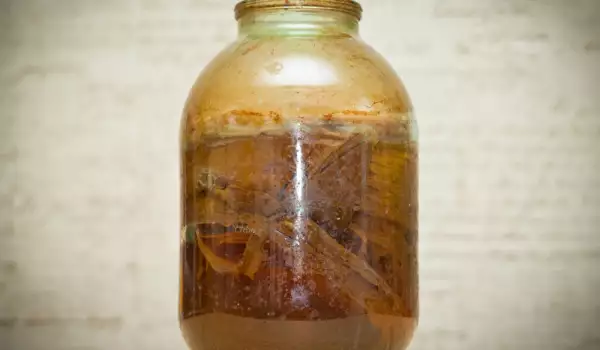
Flavor the drink. Other flavors can be added to it, such as fruit or ginger. Store it for two more days before bottling. Other infusion ideas are citrus, spice, mango, ginseng, lavender, elderberry and pomegranate.
Kombucha is left in a cool place for another three days to allow the natural carbonation process to develop.
The drink is stored for 30 days.
Kombucha Side Effects
Kombucha itself is considered safe to drink, but there are a few important guidelines to keep in mind:
• When brewed in a home brewery or home kitchen, non-sterile conditions may exist that could introduce unhealthy bacteria into the beverage;
• Drink in moderation. Metabolic acidosis can be a side effect of excessive consumption of soda and alcohol;
• The CDC warns that home brewers should not store Kombucha in materials containing toxic elements that have the potential to extract them;
• Pregnant or nursing women should not drink Kombucha for the same reason they are not advised to eat moldy and ripened soft cheeses.
This article is educational in nature. Consult a specialist before consumption. Before starting any culinary preparations of Kombucha, consult a person familiar with the technology and its specifics.
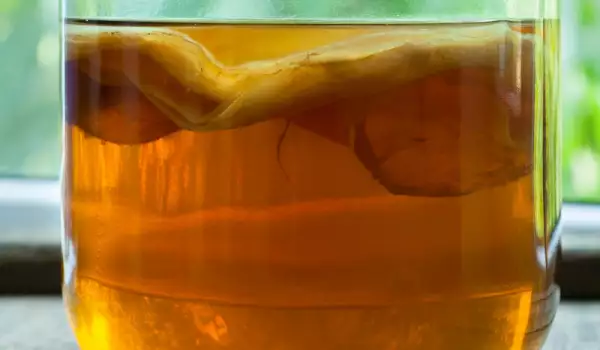

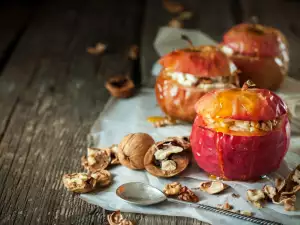

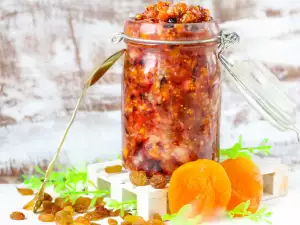
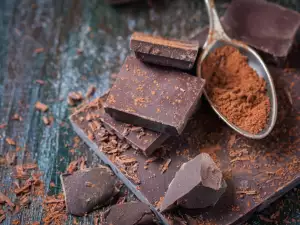
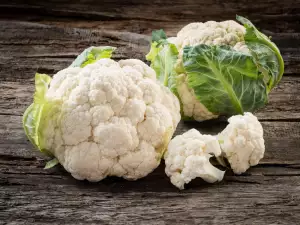

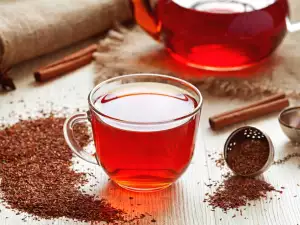
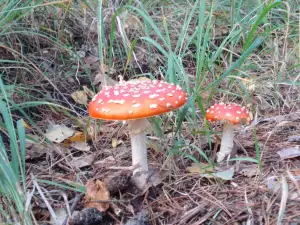


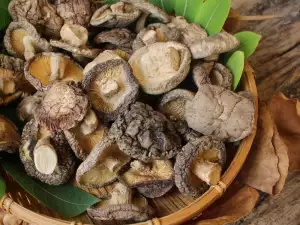

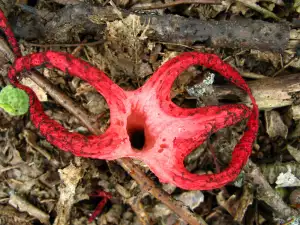





Comments